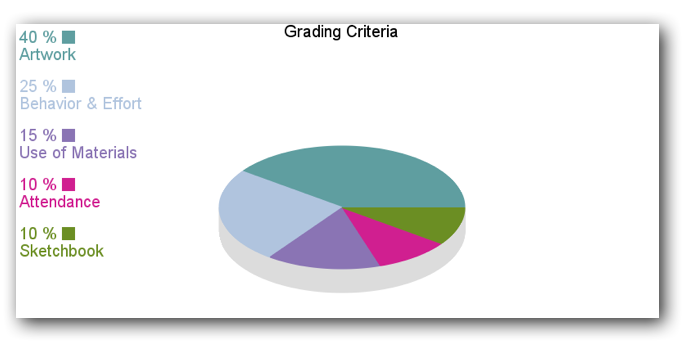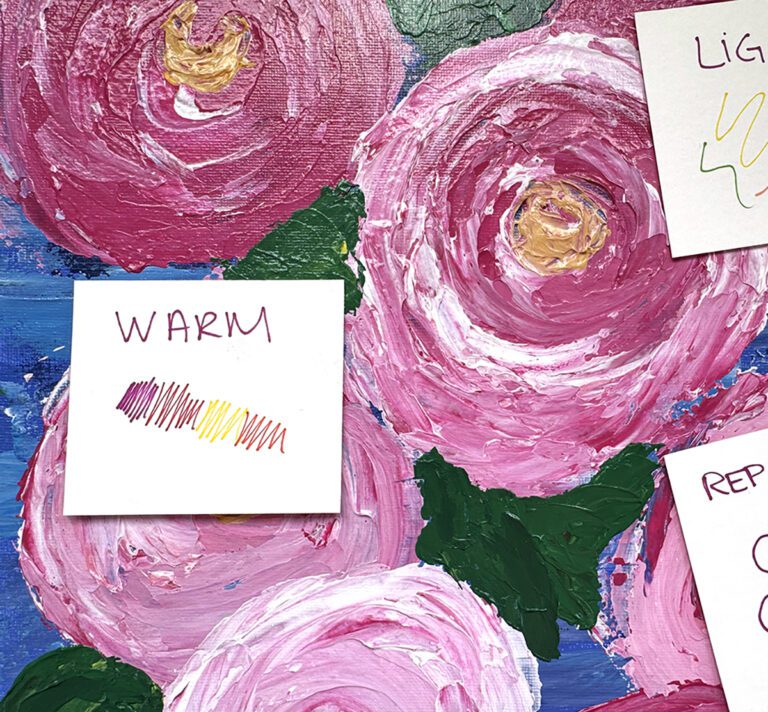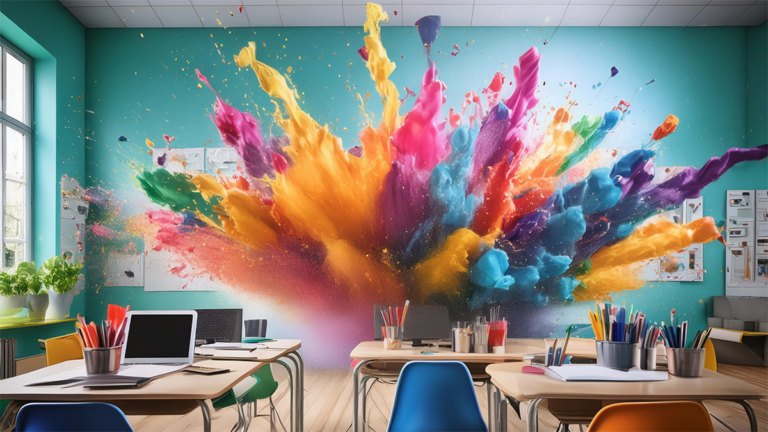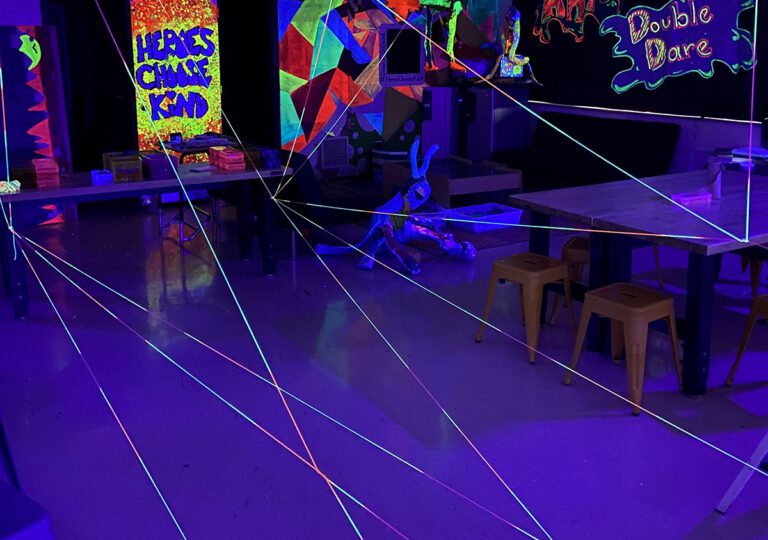Data! Data! Data! That word is everywhere these days! Administrators are asking for it, PLC’s spend time analyzing it and teachers are asked to collect it.
But how does data collection mesh with creativity and learning in the art room?

In actuality, there are endless ways to collect data in the art room.
I would be willing to bet that you already are doing a lot of these things. It is just a matter of taking them to the next level. And, best of all, you don’t need to feel anxious about collecting data. On a positive note, data and assessments can be used to demonstrate student growth and advocate for our program.
Here are 8 ideas to get you started.
1. Design and create a Pre-Post test for a unit or class and collect the results.
For details on how to do this, check our Sarah’s articles: Part 1 and Part 2.
2. Record the results from a project rubric.
You will need to make sure your rubric has numeric values in order to collect data, but that is really a little tweak. Even if you use a smiley face or other graphic rubric scale, you can easily assign numeric values to each graphic when you record scores. Results from a project rubric could allow you to compare student scores over time or compare student scores to teacher scores.
3. Track the number of students completing homework sketchbook assignments each quarter.
Is your feedback making an impact?
4. Tally the number of students participating in a class critique.
You could compare different grade levels, male vs female participation, or one class throughout the course of the school year.
5. Use a pie graph to demonstrate the breakdown of a specific grade or project.
To make a super easy pie graph online check out Piecolor.
6. Use a checklist to collect project scores for two classes.
Teach one class regularly. With the other class try something new, maybe formative assessments (like exit slips) or self-reflections (like portfolio cover sheets), and compare results. Did adding the extra step increase scores
7. Track parent participation as you try a new idea to get parents involved, such as a portfolio checklist with parent prompts or a class newsletter.
8. Collect the results from a project-based assessment, like having students assemble a color wheel or sort color families.
Maybe you could utilize a parent volunteer to assess students in small groups in the hallway?
 If you are interested in learning more about data collection, be sure to check out AOE’s class Assessment in Art Education. We added more simple assessments, artist statements and specific examples of how to collect and display data in the art room. You will leave this class with a multitude of ideas and assessments ready to use now!
If you are interested in learning more about data collection, be sure to check out AOE’s class Assessment in Art Education. We added more simple assessments, artist statements and specific examples of how to collect and display data in the art room. You will leave this class with a multitude of ideas and assessments ready to use now!
Have you been asked to supply data demonstrating student growth?
How do you collect data in the art room?
Magazine articles and podcasts are opinions of professional education contributors and do not necessarily represent the position of the Art of Education University (AOEU) or its academic offerings. Contributors use terms in the way they are most often talked about in the scope of their educational experiences.




